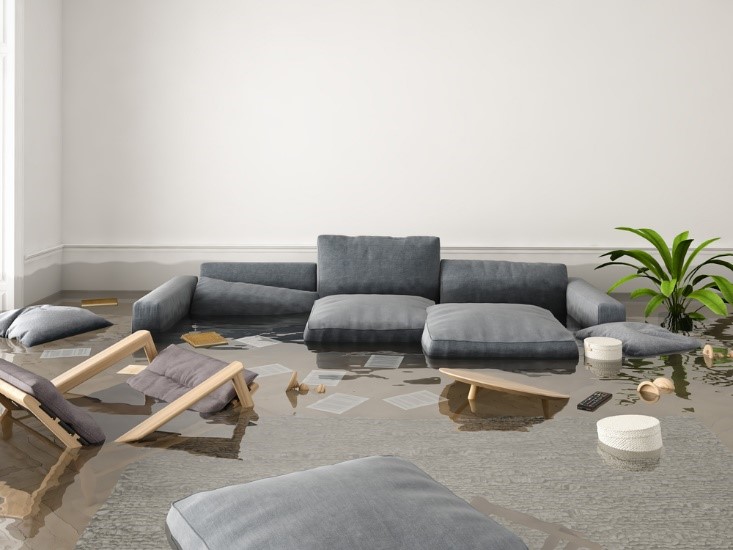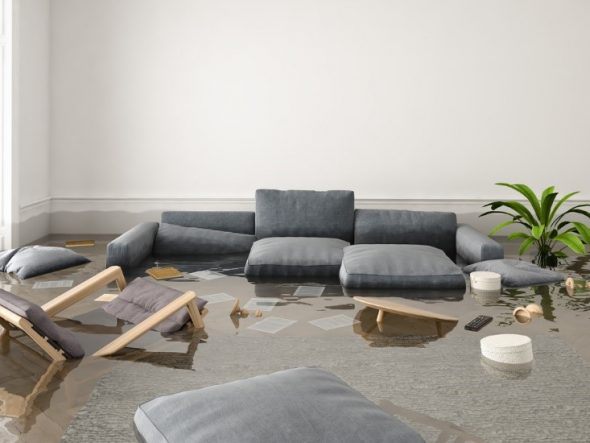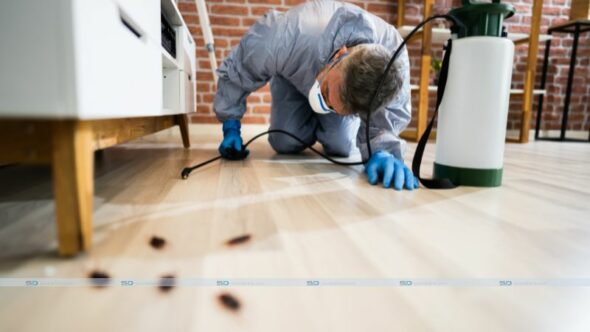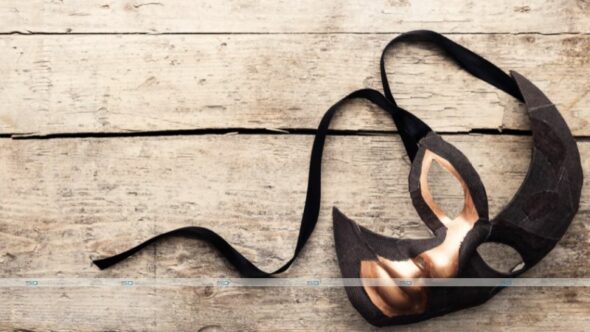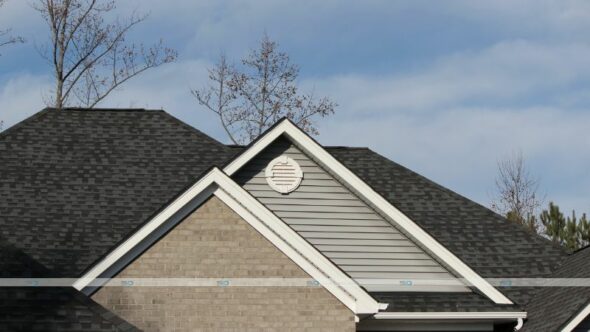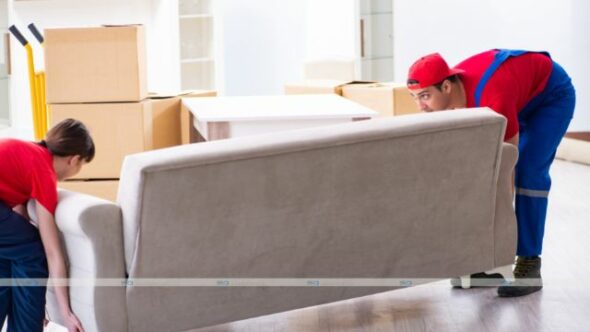If your home is affected by a flood, or if a pipe bursts or you are inundated with water in some other way, you’ll first need to look for ways to stop the water from getting in, and then do your best not to stress about the damage. It’s important to start cleaning up as soon as possible and call a water damage restoration expert for professional water damage services. Read on for some tips you can follow to clean up your home today.
Make Sure the Power is Disconnected and You Remove Your Items
First up, to ensure everyone’s safety, disconnect the power to the affected areas immediately. This is especially the case if the water has risen, or is about to rise, over electrical outlets. You should also unplug any electronics in the vicinity. Taking these steps will help to remove the risk of electrocution.
You should also remove as many of your items from the flooded room(s) as possible, including large and small things. Do this as quickly as you can to limit the damage to them. As well, pull up wall-to-wall carpets and large area rugs, where possible. By getting these out of the water ASAP, you may be able to save them if you have them properly cleaned. Hire a carpet cleaning company for better guidance in these situations. Note, though, that they could shrink and be unusable anyhow.
Get the Excess Water Out
Next, try and get as much of the excess water out of your home as possible. There are a few different techniques to use here. If the water level is high and you still have power in your house but have switched it off in the affected area, consider hiring a sump pump from a hardware store to suck up the water. Then hire a water damage restoration team for a professional water damage mitigation service.
If you’re concerned about loose wires, use the manual method of bailing water out using buckets and mops plus old towels to soak up the water. (Make sure you wear protective gear so you don’t risk your health though.) Get rid of the water down the drain or pour it out onto your lawn.
You might also be able to use a wet/dry vacuum, but if you do, ensure you plug it into an outlet that is well away from the water, and be very careful about extension cords – the connection could short out if it gets near the water, and give you a terrible electric shock.
Dry the Area and Your Possessions
To make your home more livable quickly, try to dry the area out, and your possessions. After you’ve finished mopping up the excess water, bring in a dehumidifier and some fans to help dry things out. This includes not just the floor, but also walls, wood beams, insulation, drywall and the like.
Open windows if possible too, as this helps to get the air circulating, which will lead to faster drying times. Pop your possessions out into your back yard in the sun, if the weather is fine, so that they have the chance to dry.
Disinfect
ccording to topcleaners.ie, It’s really important to disinfect the affected area and as many of your possession as you can. Use a good-quality product to rid your home and items of any bacteria that may have come up through overflowing toilets, sewers and the like; leaked through broken pipes; or which have come from another dangerous, unclean source.
You will need to disinfect all areas which were affected by the flood waters, including the floor, walls, furniture, and even potentially the ceiling, if the waters got that high.
Work to Inhibit Mold Growth
You’ll need to take steps to prevent mold growth, too. Mold can cause havoc in your house very quickly (it can develop within 24 to 48 hours), and lead to numerous health problems if you don’t address the issue. To stay safe, have items like rugs and smaller furniture pieces cleaned professionally. Large furniture may need to be discarded, as it’s hard to dry out effectively, which means lots of mold is likely to occur.
You can also inhibit mold growth by cleaning surfaces with a non-ammonia detergent or pine oil cleaner, and then using a 10 percent bleach solution afterwards. Just make sure you test the solution on small or hidden areas of your possessions to be sure it won’t cause fading or staining. Alternatively, use specific mold control products, or hire specialists who work in the area to come and attend to things for you.
Repair What You Can and Dispose of the Rest Carefully
Lastly, look for items which can be repaired, and dispose of the rest carefully. There will be some items in your home which can be fixed up; for instance look into how to fix water-damaged books, clothes, kitchenware and the like.
In addition, things which can’t be salvaged may be able to be sent to a recycling center, so don’t immediately put everything in your dumpster. Here are a list of prohibited items to take note of when you rent a dumpster.

